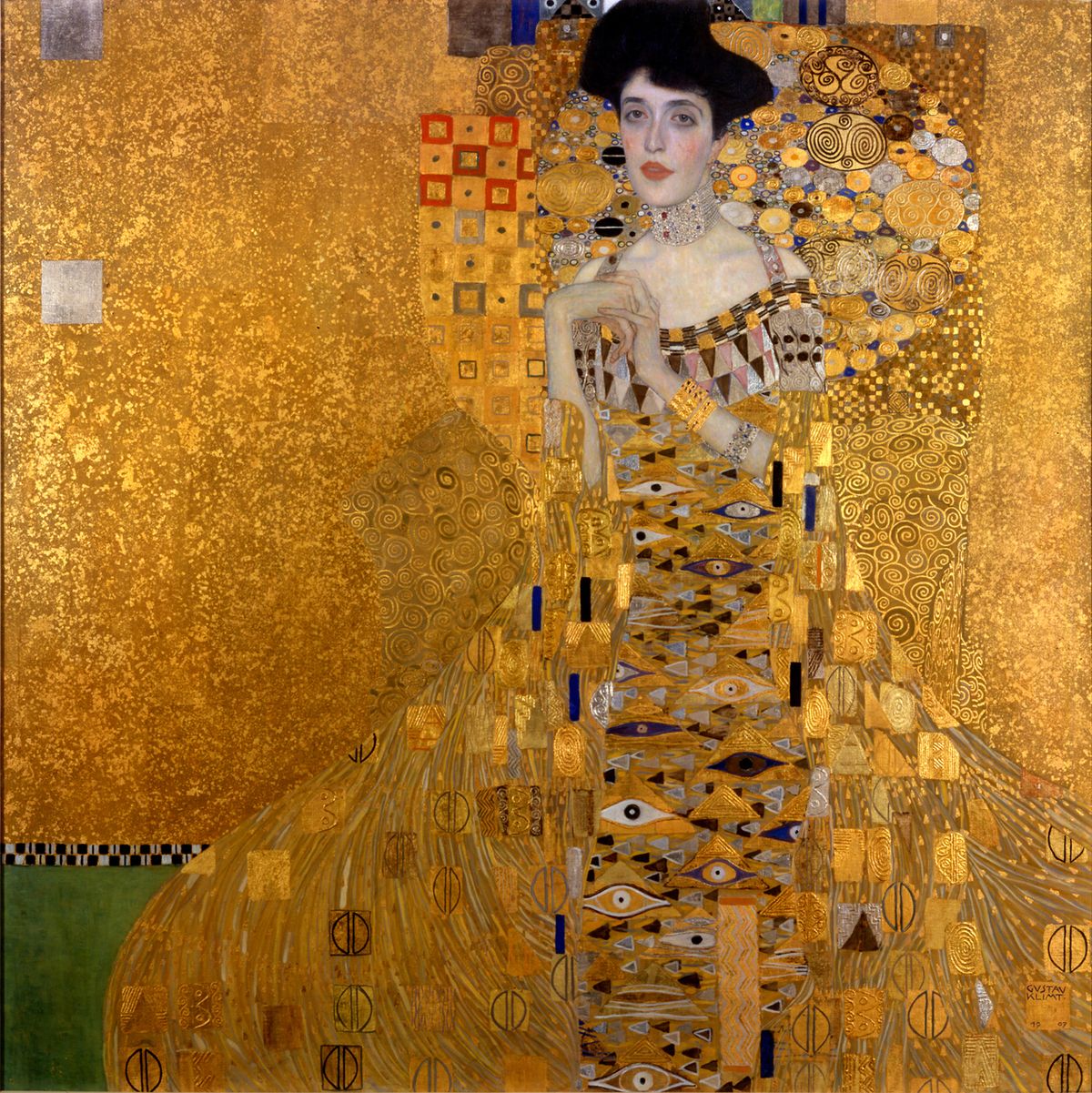Anyone keeping a tally of top art prices is having to revise his or her lists constantly these days, both for auction prices and reported private sales. “You used to have years between new record prices being set; now it’s just weeks,” said one auction house insider.
Indeed, at the main New York Impressionist, Modern and contemporary art sales last month, auctioneers were hammering down a series of new record prices for artists at auction.
But the salerooms were not, apparently, setting the highest prices. In June, Ronald Lauder reportedly paid $135m for Klimt’s Portrait of Adele Bloch-Bauer I (1907) for his private New York museum the Neue Galerie. The price—which he has not denied paying—sent shock waves through the art market and was reported throughout the world, guaranteeing a high level of attendance at his gallery. The price trounced, by far, the established world record for art: the $104.5m paid for Picasso’s Garçon à la Pipe (1905) at Sotheby’s New York in 2004. Since then, more million-dollar prices have come thick and fast; it is almost as if vendors, and the dealers who broker sales, are vying to keep setting new records. New records, after all, are good for business; they hike up the price of everyone’s holdings.
In October, the Las Vegas resort tycoon Steve Wynn’s elbow made headline news across the world, when he put it through Le Rêve, Picasso’s 1932 portrait of his mistress, Marie-Thérèse Walter. The painting was about to be sold, said Mr Wynn, to the collector and hedge-fund manager Steve Cohen, for $139m. That would have made it the most expensive work of art ever sold, but after the accident, the deal was called off; Elaine Wynn apparently told her husband: “I consider this whole thing to be a sign of fate. Please don’t sell the picture.”
Hardly had that story cooled when another huge sale hit the headlines. The California entertainment mogul David Geffen, who is believed to be raising cash to bid for the Los Angeles Times, raised the bar even higher by selling another treasure from his collection, Jackson Pollock’s No.5 (1948) for a sum thought to be around $140m. The sale, first reported in the dealer Josh Baer’s newsletter, was then picked up by the New York Times and once again, newspapers around the world splashed images of the orange and brown painting on their front pages.
The ink on that deal was barely dry when another huge price was made. Just one month later Mr Geffen relinquished the jewel in his crown, Willem de Kooning’s Woman III (1952-53) for about $137.5m, according to the New York Times, selling it to Steve Cohen. The tally of Mr Geffen’s sales now stands at over $421m.
But how reliable are these “reported” or “undisclosed” prices? None of the interested parties is prepared to talk, so the information is based on rumour and reports published in other newspapers. The truth is we don’t really know. For example, when Steve Cohen bought Hirst’s 22-ton pickled shark [The Physical Impossibility of Death in the Mind of Someone Living, 1991] from Charles Saatchi two years ago, the Saatchi Gallery said that he paid £6.5m ($12m) but sources close to the Hirst market have always believed the price to be nearer $8m.
What exactly are the details of the highly complex deal Ronald Lauder apparently struck over the group of five Klimts, four of which were shown at the Neue Galerie alongside “his” $135m portrait, before being sold at auction at Christie’s? The trade murmured that some sort of “swap” took place, as Lauder had consigned works for sale from the Galerie.
As Sotheby’s itself admitted in its annual financial filing on 16 March this year: “It is not possible to measure with any particular accuracy the entire international art market”
And who bought the Jackson Pollock from David Geffen? The New York Times said it was financier David Martinez; he categorically denied it through his lawyers.
So in this murky world of rumour, affirmation, denial and reaffirmation, are auction prices the only reliable ones? After all these prices are made publicly, published by the auction houses, listed on art data sites such as artnet.com or artprice.com.
But even with auctions there is often more than meets the eye. For example, Cézanne’s Rideau, Cruchon et Compotier (1894) was sold at auction for $60.5m (Sotheby’s New York, 1999), but the deal was never completed, and the still-life was later resold for “significantly less” to Steve Wynn. Most lists of the most expensive paintings sold at auction still cite, somewhere in their nether regions, Van Gogh’s Irises (1889), which sold for $53.9m in 1997. In fact the work didn’t sell—Sotheby’s lent half of the price to the Australian tycoon Alan Bond to buy it. He never paid up and the painting ended up in the Getty, for—you’ve guessed it—an “undisclosed price”.
In addition, auction houses are increasingly guaranteeing works, meaning that they will give the vendor an agreed price whatever the result of the sale. So, if a paintings sells for $2m, but is guaranteed for $2.5m, the difference is paid to the consignor. What then is the true price of the painting?
All this demonstrates the poor transparency of the art market, despite its huge—and growing—value. All attempts to measure it accurately, to predict its performance, to analyse it, either through sectors, individual artists or “baskets” of works of art, have floundered. As Sotheby’s itself admitted in its annual financial filing on 16 March this year: “It is not possible to measure with any particular accuracy the entire international art market.”


